Topic: RCAF
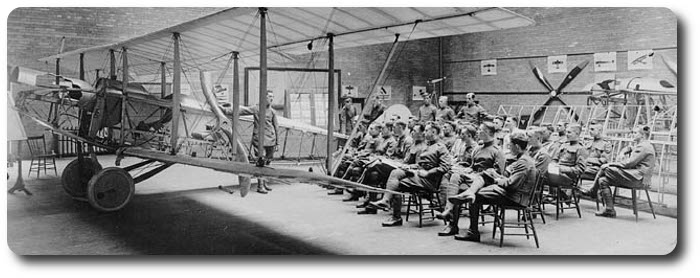
Canada Will Have Own Flying Corps
Borden Completes Arrangements to Maintain Two Squadrons
Large Force Engaged
Over Thirteen Thousand men From Dominion in Air Service
The Toronto World, 15 August 1918
Ottawa, Aug. 14.—The total number of Canadians of the strength of the Royal Flying Corps and the Royal Naval Air Service now amalgamated into the Royal Air Force stands at 13,495. This total comprises 1,008 officers seconded from the Canadian Expeditionary Force, 1,640 other ranks discharged from the Canadian Expeditionary Force, 10,603 enlisted in Canada for R.F.C. and R.N.A.S.; 94 loaned to the R.A.F. for airplane construction and 150 civilians who came to England at their own expense and enlisted in the air service.
On account of their special adaptability and initiative Canadians proved to be excellent as flying officers. It is understood that no less than 35 per cent. Of the actual flying officers in France are Canadians.
Sir Edward Kemp on his arrival in England as minister of overseas military forces instituted plans which would ensure Canada receiving both now and after the war her due measure of credit for what her airmen were actually accomplishing.
What has not been obtained will provide for a Canadian Flying Corps trained in all branches including organization, administration, and technical. Further, every officer to be connected with the administration of the Canadian Air Force, from the senior to the most junior rank, has had active service flying experience at the front.
To Keep Records
The preliminary step in the early discussions related to the establishment of a separate Canadian air force resulted in the decision of the imperial air ministry to maintain up-to-date records of the Canadians in the royal air force, their names to be grouped in a special Canadian section to include not only Canadian officers seconded from the Canadian overseas forces, but also those Canadian who joined the air service direct, either in England or Canada. The idea of Canadians in the Royal Air Force having a special Canadian distinguishing mark or badge on their uniform was also assented to, and it was agreed that the Canadian overseas ministry would be furnished with regular reports by the air ministry, giving full information of the exploits of Canadian airmen from month to month.
On the arrival in England of Sir Robert Borden, Sir Edward Kemp laid before him the agreement with the air ministry, embodying what had been accomplished, and the further consent of the air ministry that as soon as possible the Canadian air force should be formed, to be manned and officered exclusively by Canadians drawn from Canadians now in the R.A.F., reinforcements for the Canadian air force to be supplied wholly by Canadians who would be trained in the R.A.F. schools and under their instructors.
Entire acceptance was expressed by Air Edward Kemp to the scheme by his colleagues and the agreement approved.
As a preliminary step in the organization, the service of the distinguished flying officer, Major W.A. Bishop, was applied for to work in close conjunction with the air ministry and the Canadian overseas ministry.
It was decided to proceed immediately with the organization of the two Canadian squadrons, which would form part of the overseas military forces of Canada and be subject to the provisions of the Militia Act of Canada.



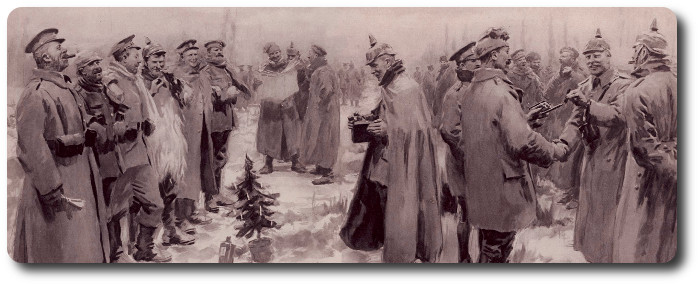
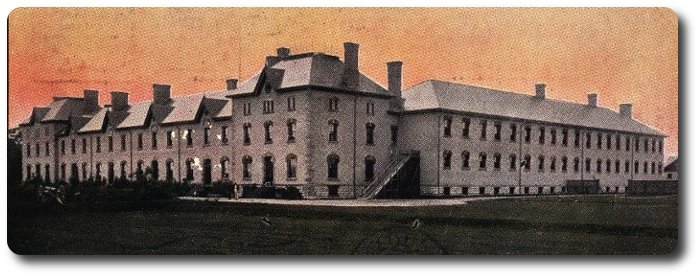

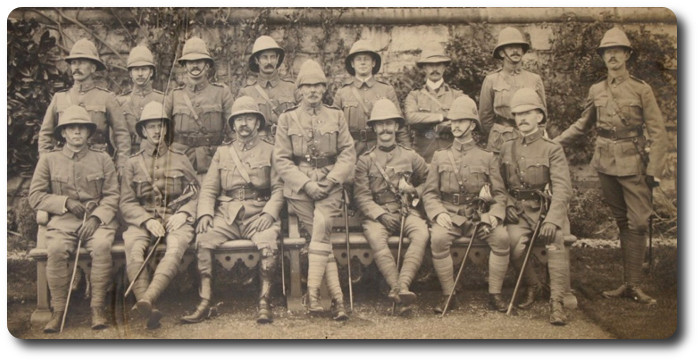
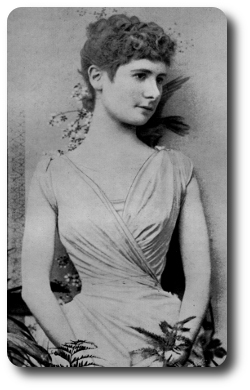 Speaking of khaki,
Speaking of khaki, 
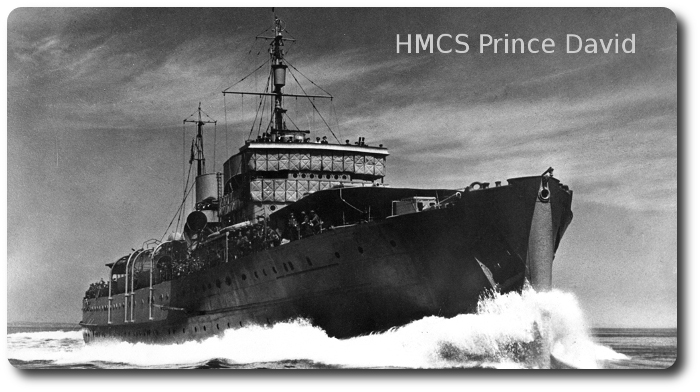
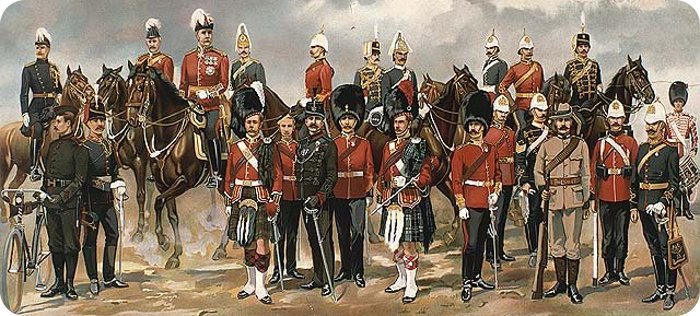

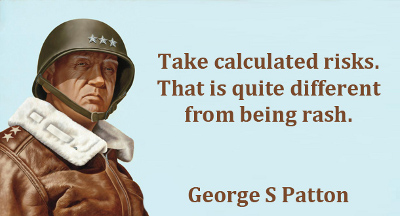
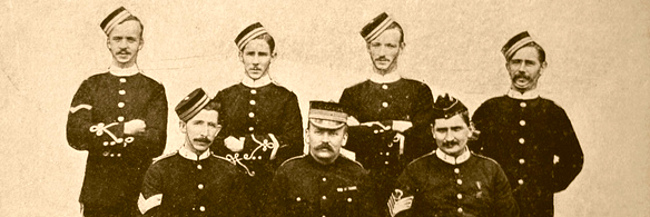
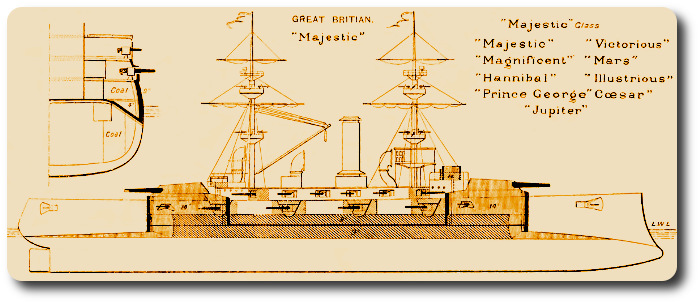
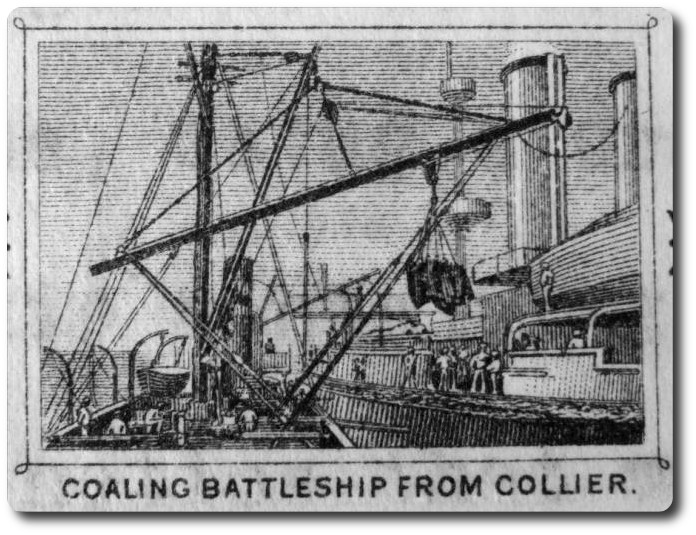

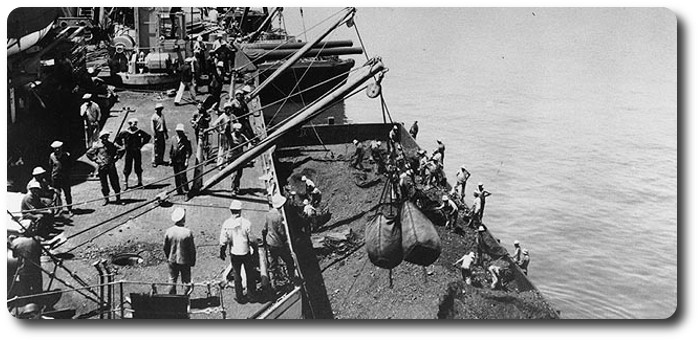
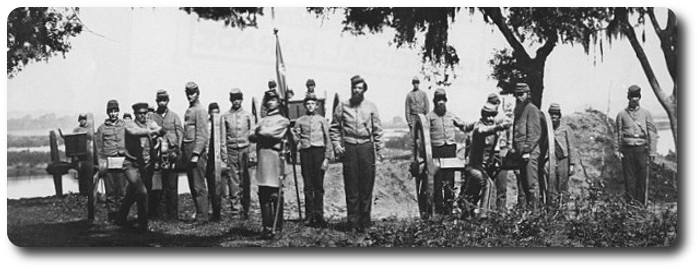
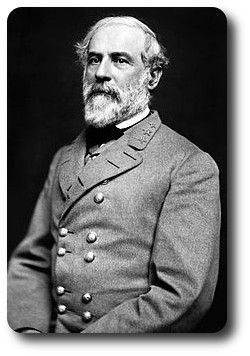 General Robert E. Lee, one of the most revered generals in the history of the United States, did not have a checklist, but he did teach maxims which he used to teach his subordinates. Lee had seven basic and universal rules:
General Robert E. Lee, one of the most revered generals in the history of the United States, did not have a checklist, but he did teach maxims which he used to teach his subordinates. Lee had seven basic and universal rules: 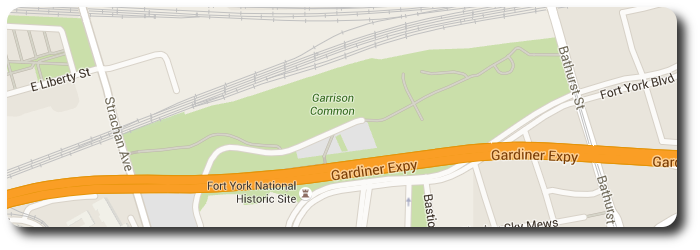
 Today a camp of nearly 2,000 men will be formed on the Garrison common for the purposes of military instruction. The officer commanding will be Col. Denison, D.A.G., of this district. It is fortunate in one way that the camp will be in Toronto. It will give many an opportunity of seeing citizen soldiery under canvas, while visiting Toronto during the Semi-Centennial celebration. It will also give the men themselves an opportunity of taking part in the celebration, a thing they would have been unable to do if the camp had been at Niagara.
Today a camp of nearly 2,000 men will be formed on the Garrison common for the purposes of military instruction. The officer commanding will be Col. Denison, D.A.G., of this district. It is fortunate in one way that the camp will be in Toronto. It will give many an opportunity of seeing citizen soldiery under canvas, while visiting Toronto during the Semi-Centennial celebration. It will also give the men themselves an opportunity of taking part in the celebration, a thing they would have been unable to do if the camp had been at Niagara. 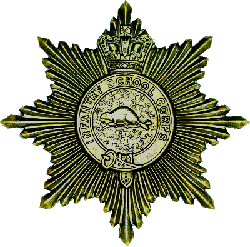 To the members of "C" Company Infantry School, who will be under canvas, the various corps will look for an example of soldierly bearing and discipline. All eyes, so to speak, will be upon them, and there is no doubt they will maintain the credit of their corps, and leave an impression upon their comrades from a distance that a "regular," after all, is worth imitating.
To the members of "C" Company Infantry School, who will be under canvas, the various corps will look for an example of soldierly bearing and discipline. All eyes, so to speak, will be upon them, and there is no doubt they will maintain the credit of their corps, and leave an impression upon their comrades from a distance that a "regular," after all, is worth imitating.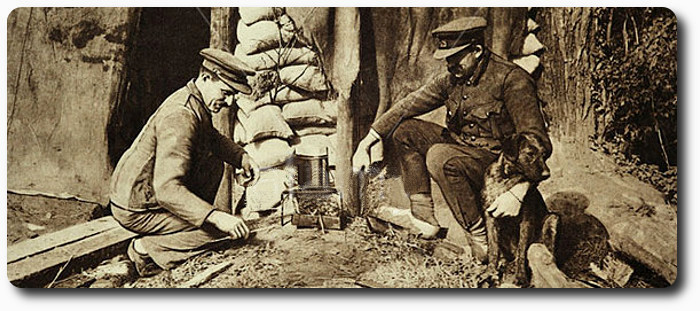
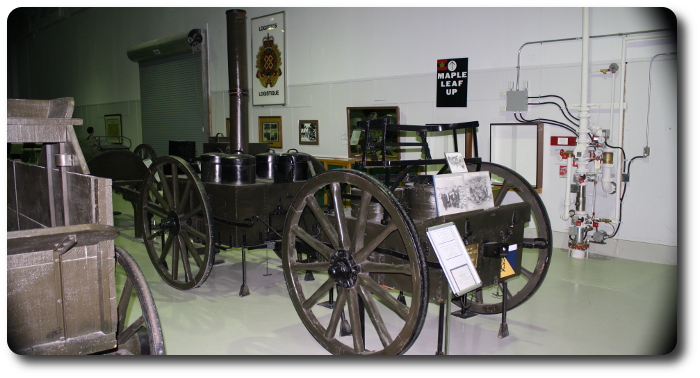
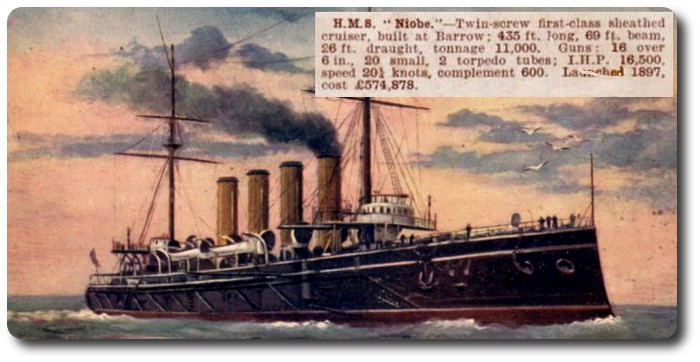
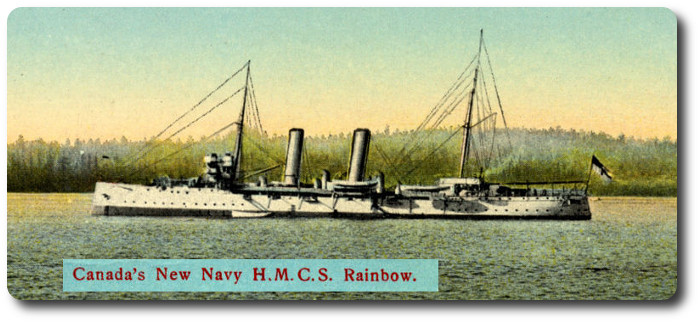
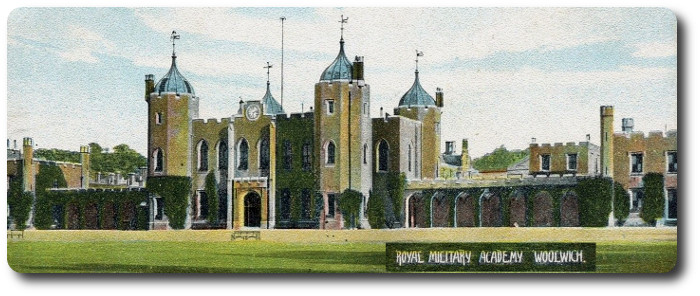
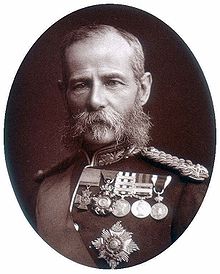 Never did a Commander-in-Chief offer more valuable advice than did
Never did a Commander-in-Chief offer more valuable advice than did 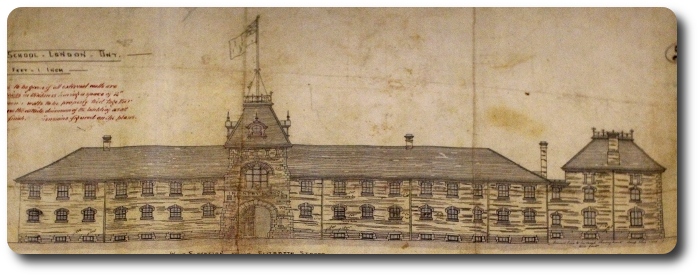
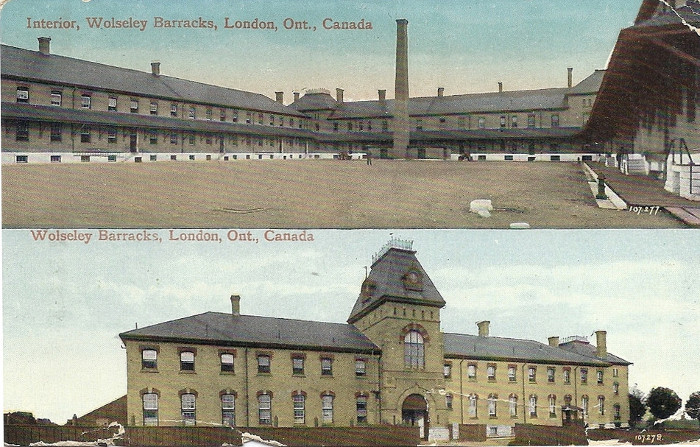
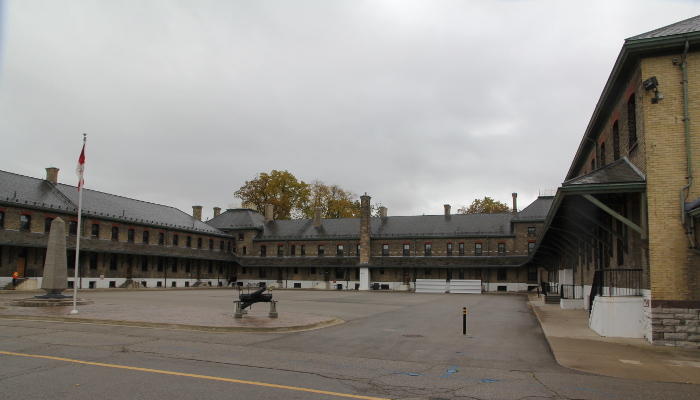

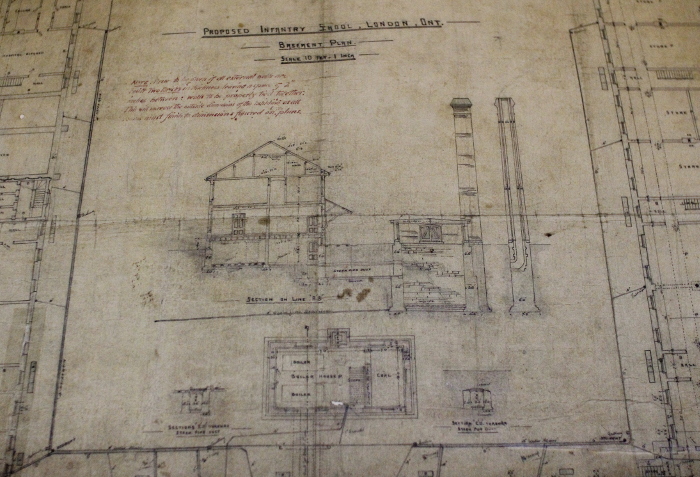
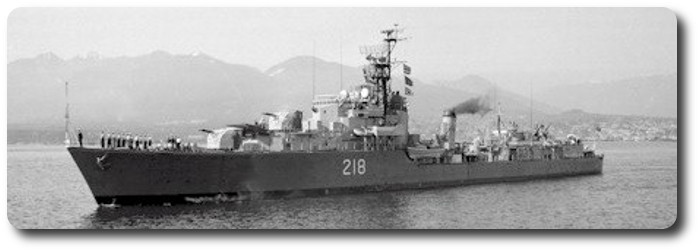
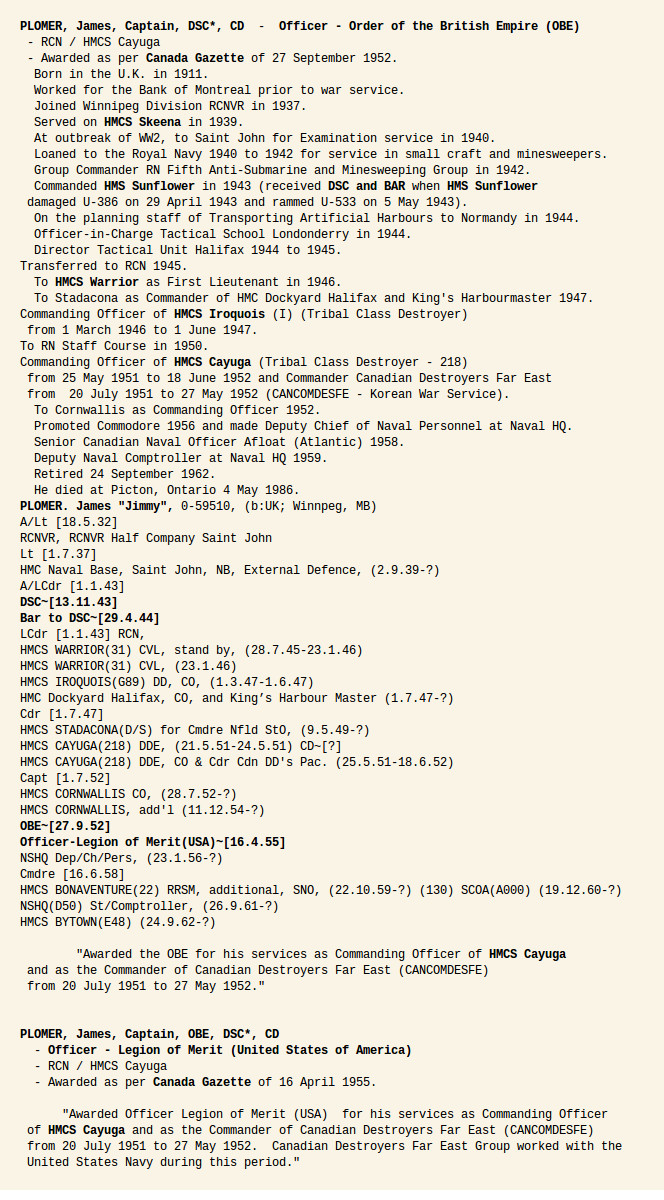
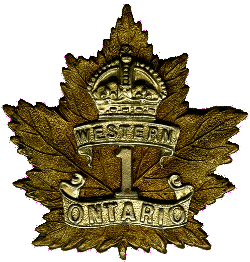
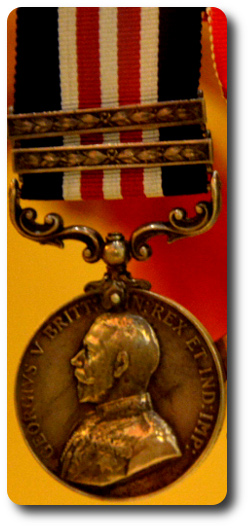 Many Canadians will have seen at least passing reference to
Many Canadians will have seen at least passing reference to 
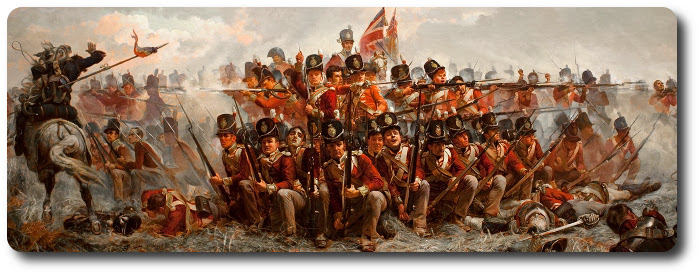
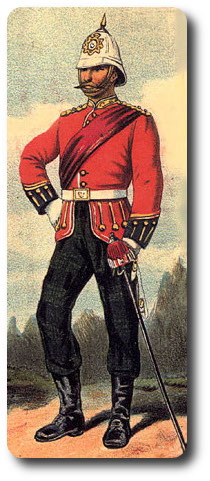 Several reasons are urged by scientific and military experts in favour of our infantry soldiers wearing scarlet coats. In the first place, scarlet affords the best attainable protection against the extremes of heat and cold to which soldiers are liable to be exposed. The darker the color protecting a warm body, the more rapidly radiation proceeds. With reference to protection from the sun, scarlet takes a far higher place than any of the blues, greens, or drabs and other shades often used for military clothing. Although scarlet or red is more conspicuous than grey when the sun shines directly on the troops it blurs on the sight and is consequently more difficult to hit. It is a distinct advantage that our men should bulk large in the decisive stages of an encounter, and there is no color which enables them to do this so effectively as scarlet. On the whole therefore every scientific consideration justifies the retention of scarlet as the best uniform for our troops.
Several reasons are urged by scientific and military experts in favour of our infantry soldiers wearing scarlet coats. In the first place, scarlet affords the best attainable protection against the extremes of heat and cold to which soldiers are liable to be exposed. The darker the color protecting a warm body, the more rapidly radiation proceeds. With reference to protection from the sun, scarlet takes a far higher place than any of the blues, greens, or drabs and other shades often used for military clothing. Although scarlet or red is more conspicuous than grey when the sun shines directly on the troops it blurs on the sight and is consequently more difficult to hit. It is a distinct advantage that our men should bulk large in the decisive stages of an encounter, and there is no color which enables them to do this so effectively as scarlet. On the whole therefore every scientific consideration justifies the retention of scarlet as the best uniform for our troops.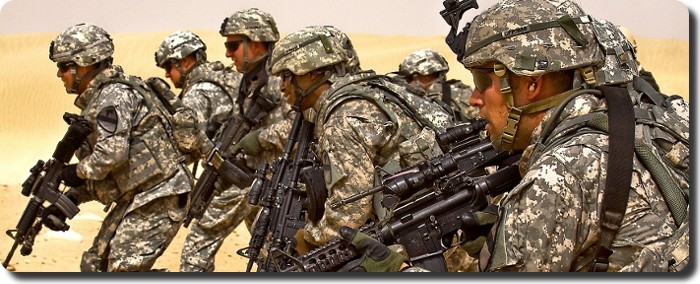
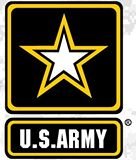 A compilation of survey and interview data led to the formulation of a list of critical behaviors for Division Commanders (and other leaders) that would best assure creation of "A Command climate that supports operational excellence ["Operating"] and also motivates competent people to continue their military service ["Improving".] They are taken from the Leader Behavior Preference (LBP) items and provide a convenient description of critical behaviors as seen by study participants. They are described as "The BIG 12":
A compilation of survey and interview data led to the formulation of a list of critical behaviors for Division Commanders (and other leaders) that would best assure creation of "A Command climate that supports operational excellence ["Operating"] and also motivates competent people to continue their military service ["Improving".] They are taken from the Leader Behavior Preference (LBP) items and provide a convenient description of critical behaviors as seen by study participants. They are described as "The BIG 12":